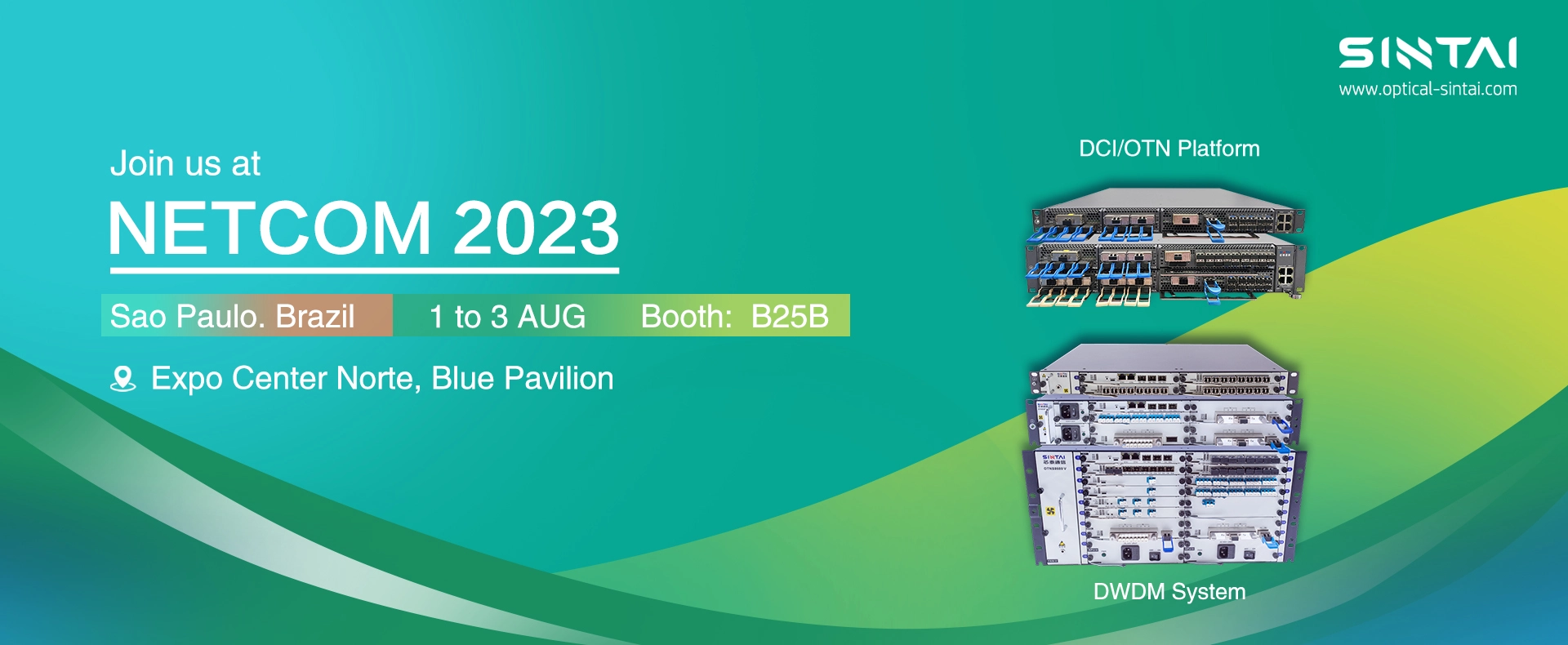With the continuous growth of bandwidth data services in recent years, the demand for large-granularity business scheduling and transmission is increasing, and how to apply OTN system technology has become a focus of industry discussion. In actual networking, there are still different opinions in the industry on how to reasonably apply and select OTN system technology and equipment, when to introduce OTN, in which layers, and in what ways.
Currently, optical transport networks include metropolitan networks (core layer, convergence layer, and access layer) and backbone networks (provincial backbone and provincial-level backbone). As a transport network technology that carries 2.5 Gbit/s granules and above, OTN needs to consider whether it is suitable for introduction based on the characteristics of business carrying at different network layers.
For metropolitan optical transport networks, the bandwidth granularity of customer signals at the convergence and access layers is relatively small, and the possibility of business based on ODUk scheduling is small. Moreover, OTN has not yet standardized bandwidth granularity below ODU1 (2.5Gb/s). Therefore, the advantages of OTN system technology in introducing and applying at the convergence and access layers in the metropolitan area are not obvious.
For metropolitan transport core layers and backbone networks, the characteristics of customer business are mainly distributed, and the bandwidth granularity of customer signals is relatively large. The demand and advantage of scheduling based on ODUk and wavelength are obvious, and the features of OTN system technology application are more suitable. Therefore, considering the hierarchical relationship of existing transport networks and the distribution characteristics of transport business particles, the introduction and application of OTN system technology should mainly focus on metropolitan core layers and backbone networks.
From the perspective of transport network business driving, the perfection degree of OTN system technology, and the implementation degree of OTN equipment, OTN currently has the conditions for application. First of all, the high-speed development of IP data services has led to a rapid increase in the demand for large-granularity transport and scheduling of bandwidth, which obviously cannot meet the transport network business's demand for large-granularity bandwidth transport and scheduling based on bandwidth granularity adaptation and scheduling methods. Secondly, from the perspective of the perfection degree of OTN system technology, the series of standards formulated have been revised for nearly 10 years and are now basically perfect, with only a few details to be solved. Thirdly, from the perspective of the implementation degree of OTN equipment, the current OTN equipment has basically supported the main features of OTN system technology, such as multi-rate mapping and transparent transmission, large-granularity bandwidth scheduling and processing, the implementation and processing of OTN frame structure overhead, OTN networking and protection, and realized the management of these OTN system technology features.
Therefore, from the perspective of equipment implementation, OTN equipment already has the initial application functional features. Therefore, at the current stage, OTN system technology can be gradually introduced and applied on the basis of comprehensive consideration of other non-technical factors to enhance the transport network's transport capacity and efficiency and adapt to the high-speed and dynamic development of customer signals.
The typical application functions of OTN system technology can be divided into the following three types: OTN interfaces, ODUk cross and wavelength cross. Different network layers should choose different OTN functions based on different business characteristics. Firstly, at the metropolitan transport network core layer, due to moderate node scheduling and processing requirements, small network scale but more significant scheduling requirements, ODUk and wavelength hybrid cross-functions are generally selected, while providing support for OTN interface functions. Secondly, at the provincial backbone network layer, due to significant node scheduling and processing requirements, large network scale and scheduling requirements, wavelength cross or only OTN interface functions are generally chosen. Thirdly, at the provincial-level backbone network layer, due to significant node scheduling and processing requirements, large network scale, but general scheduling requirements, only OTN interface functions are generally chosen, and wavelength cross-functions can be chosen locally for special needs.

